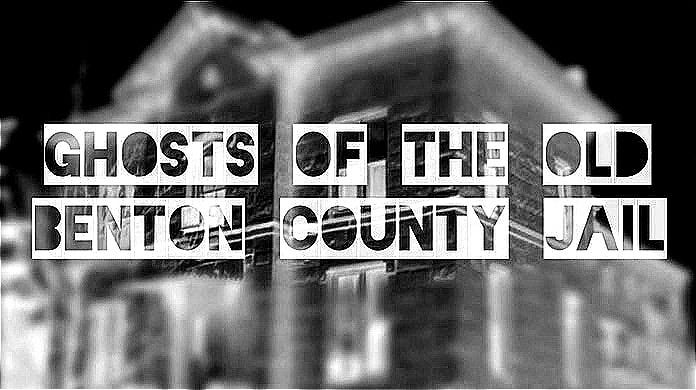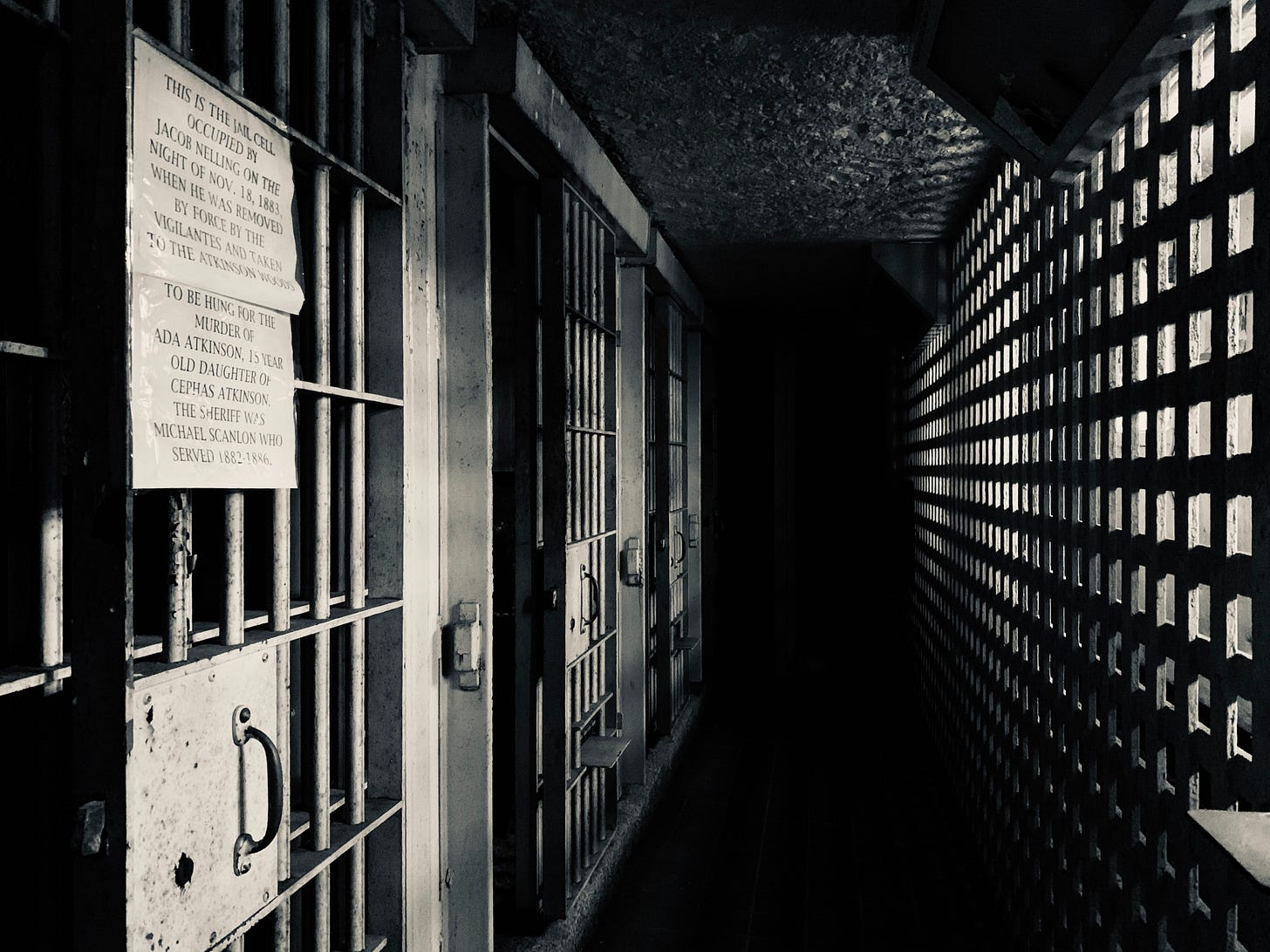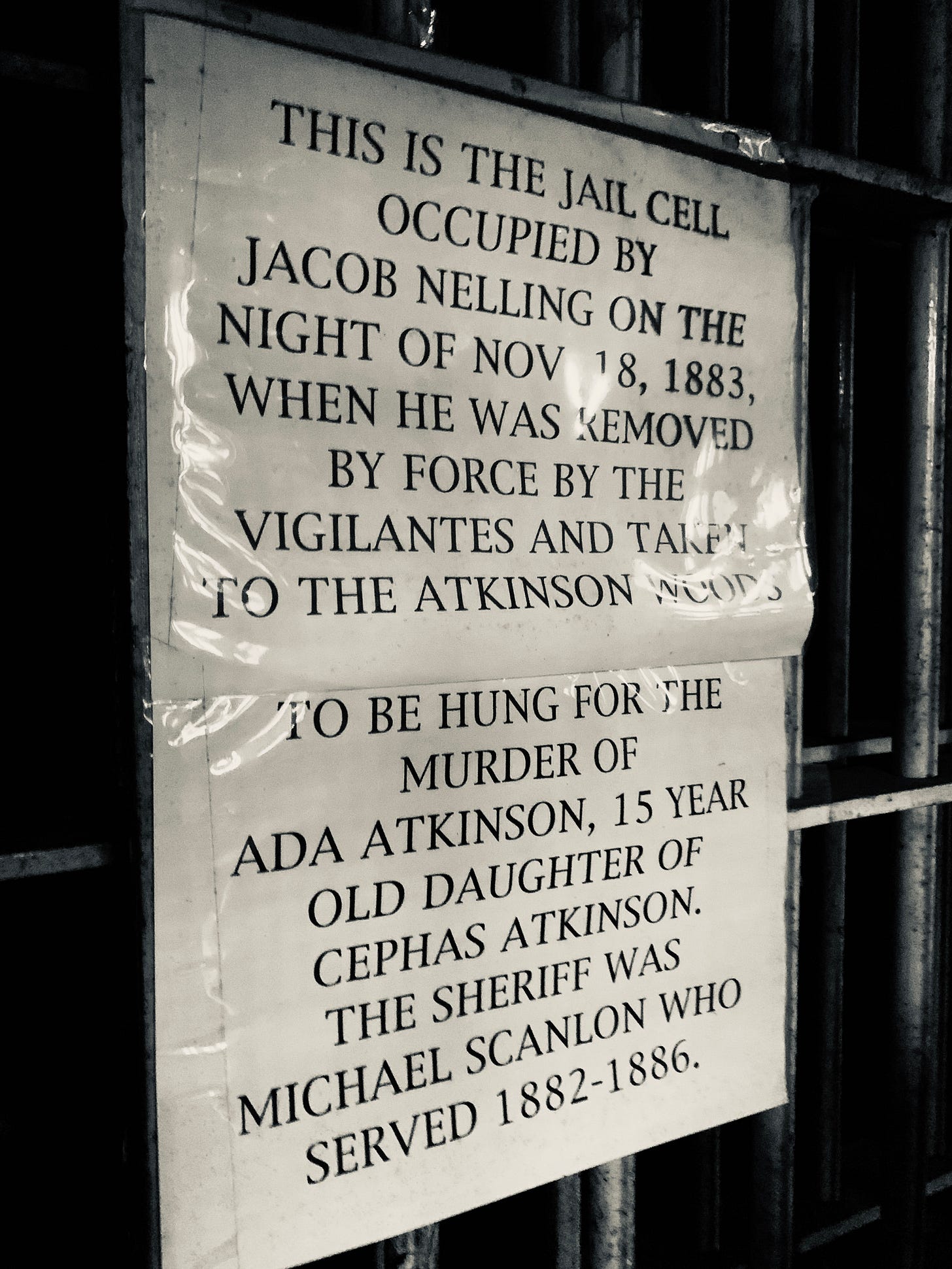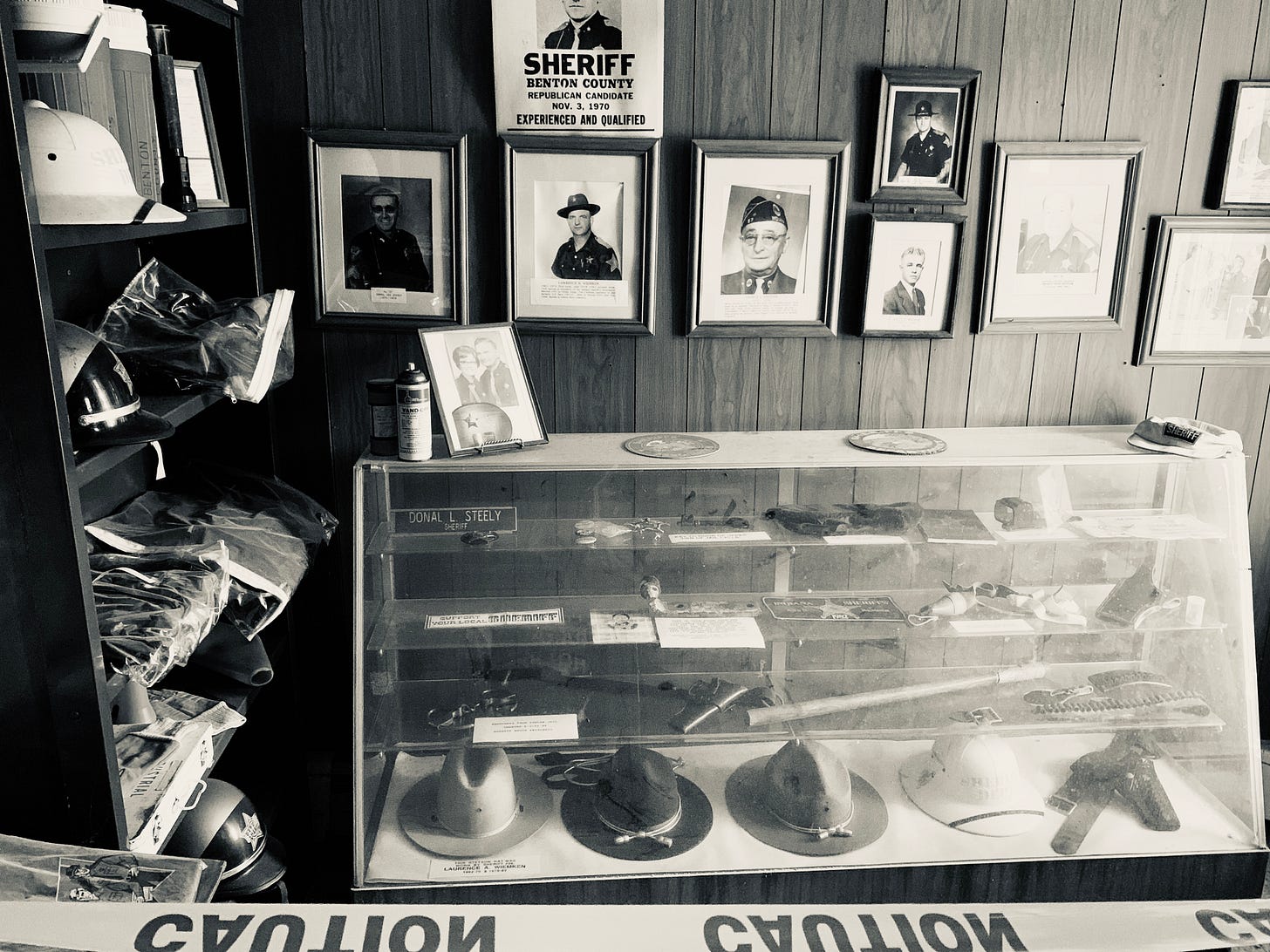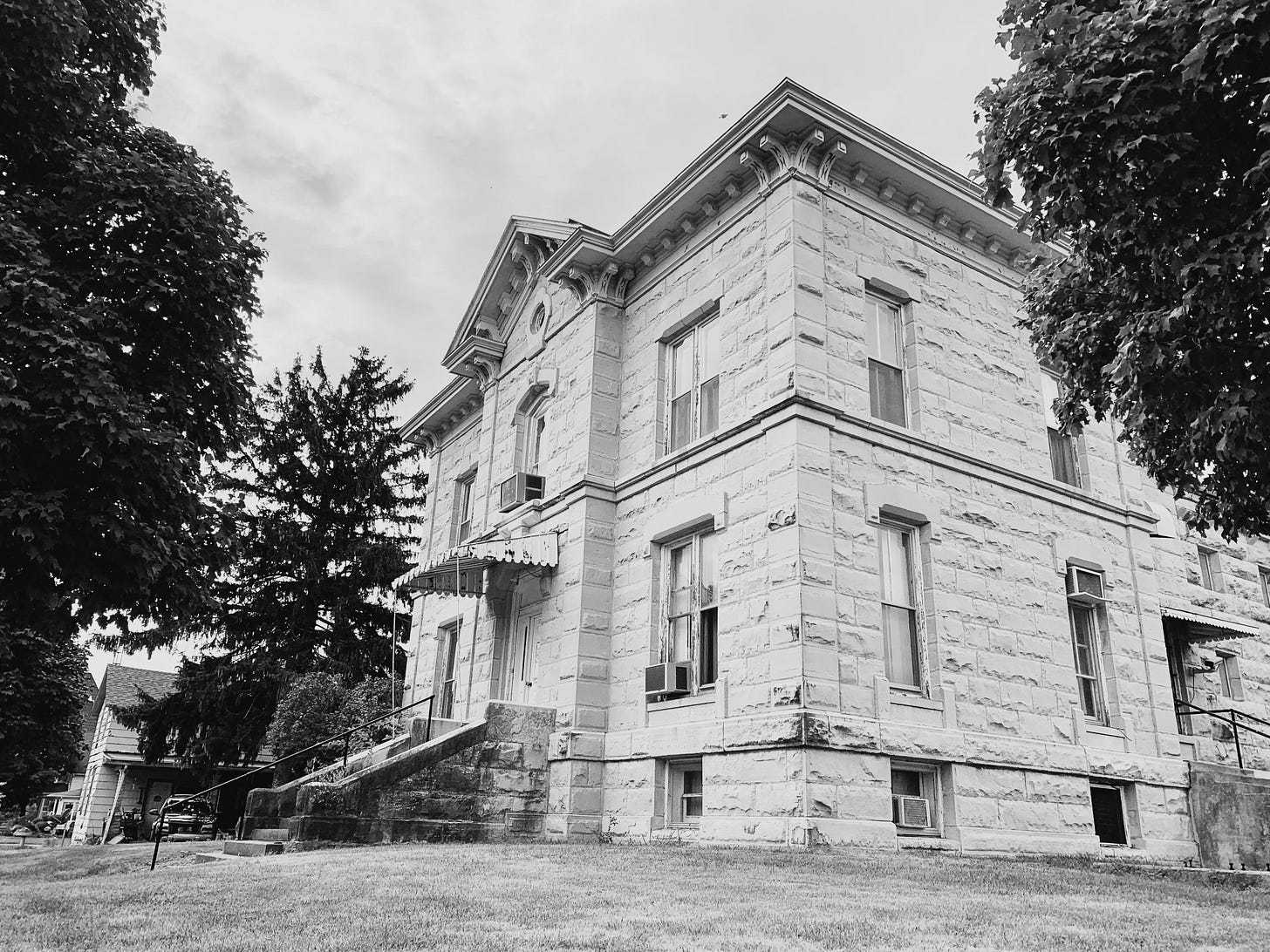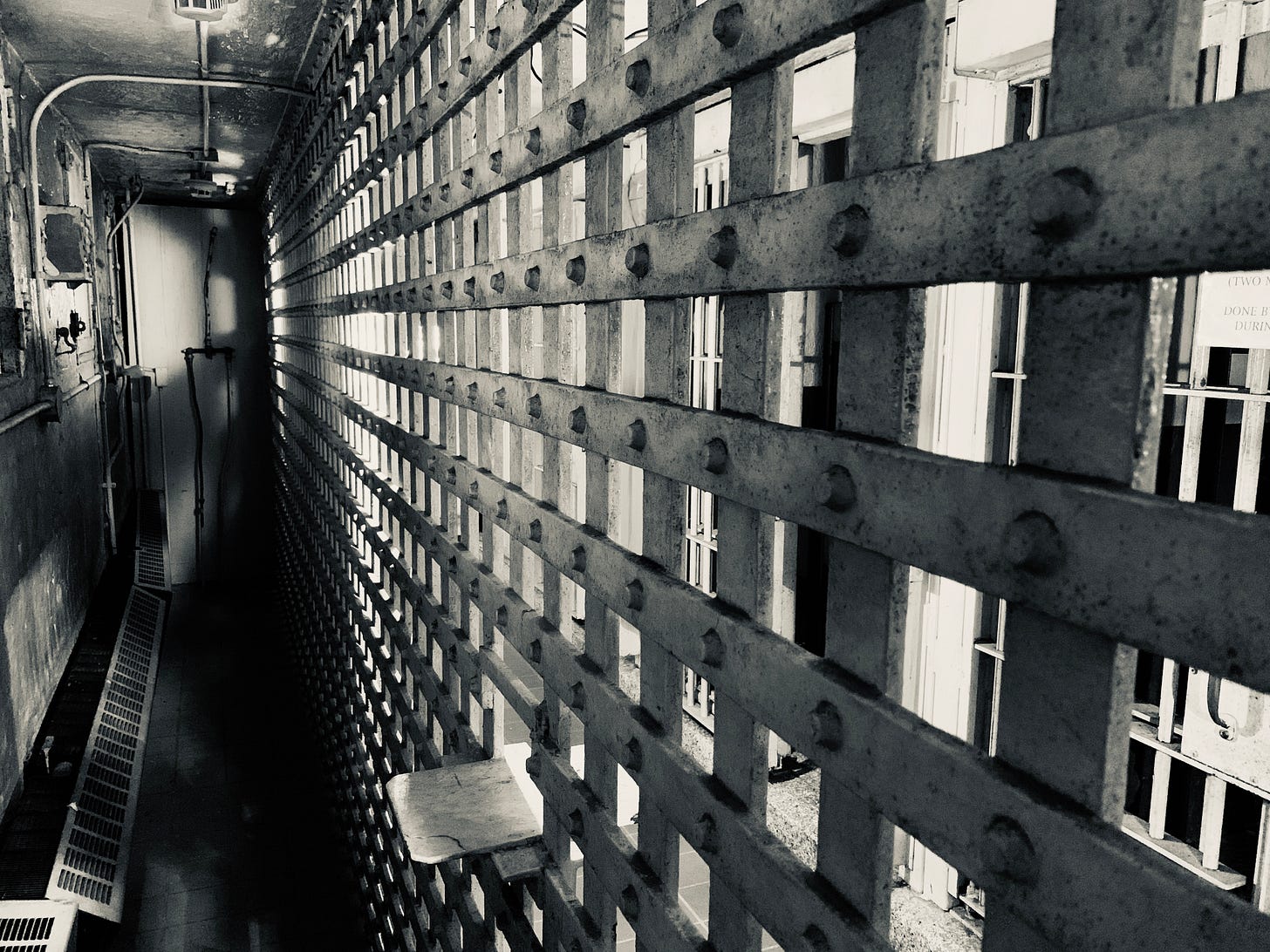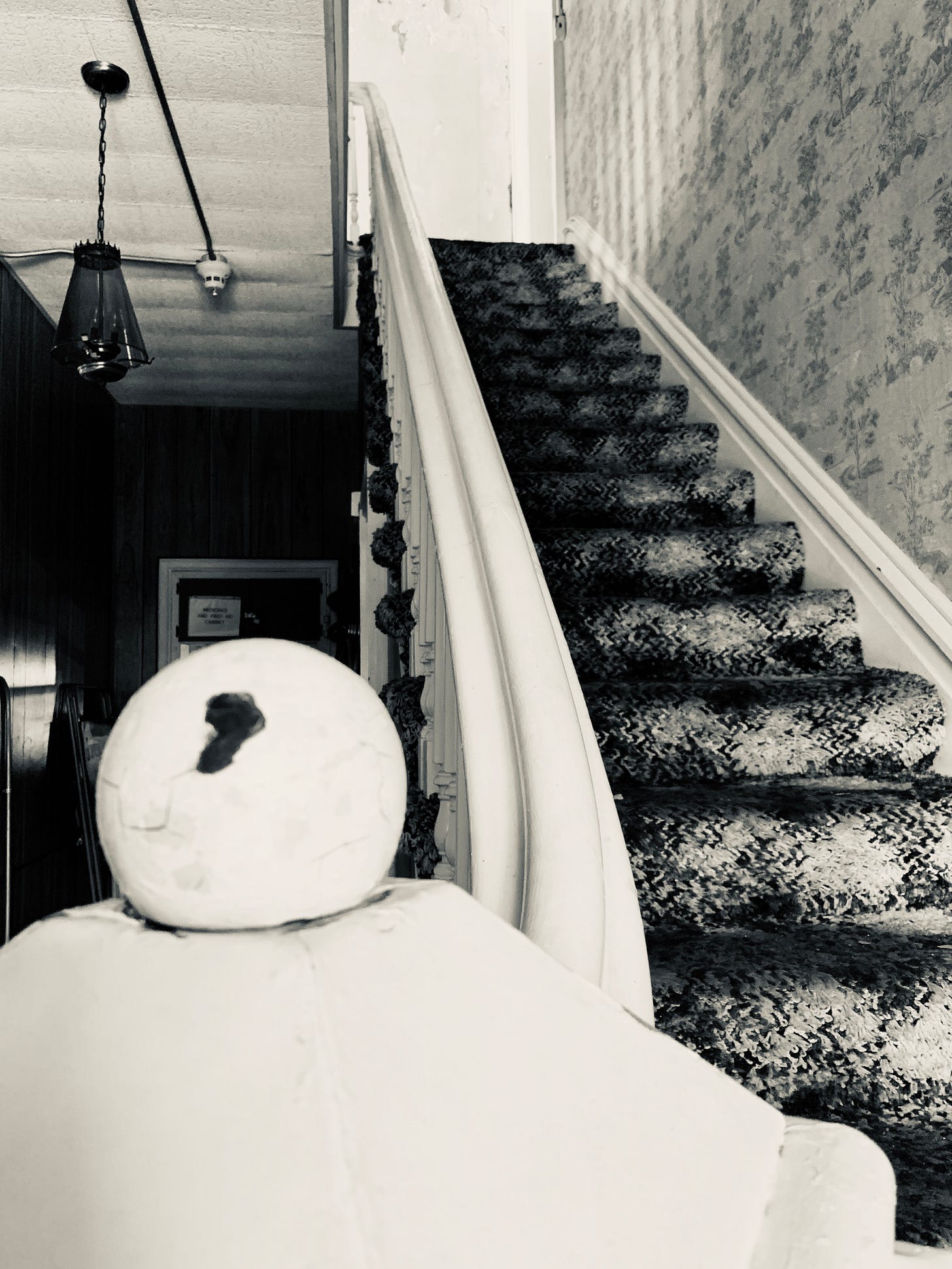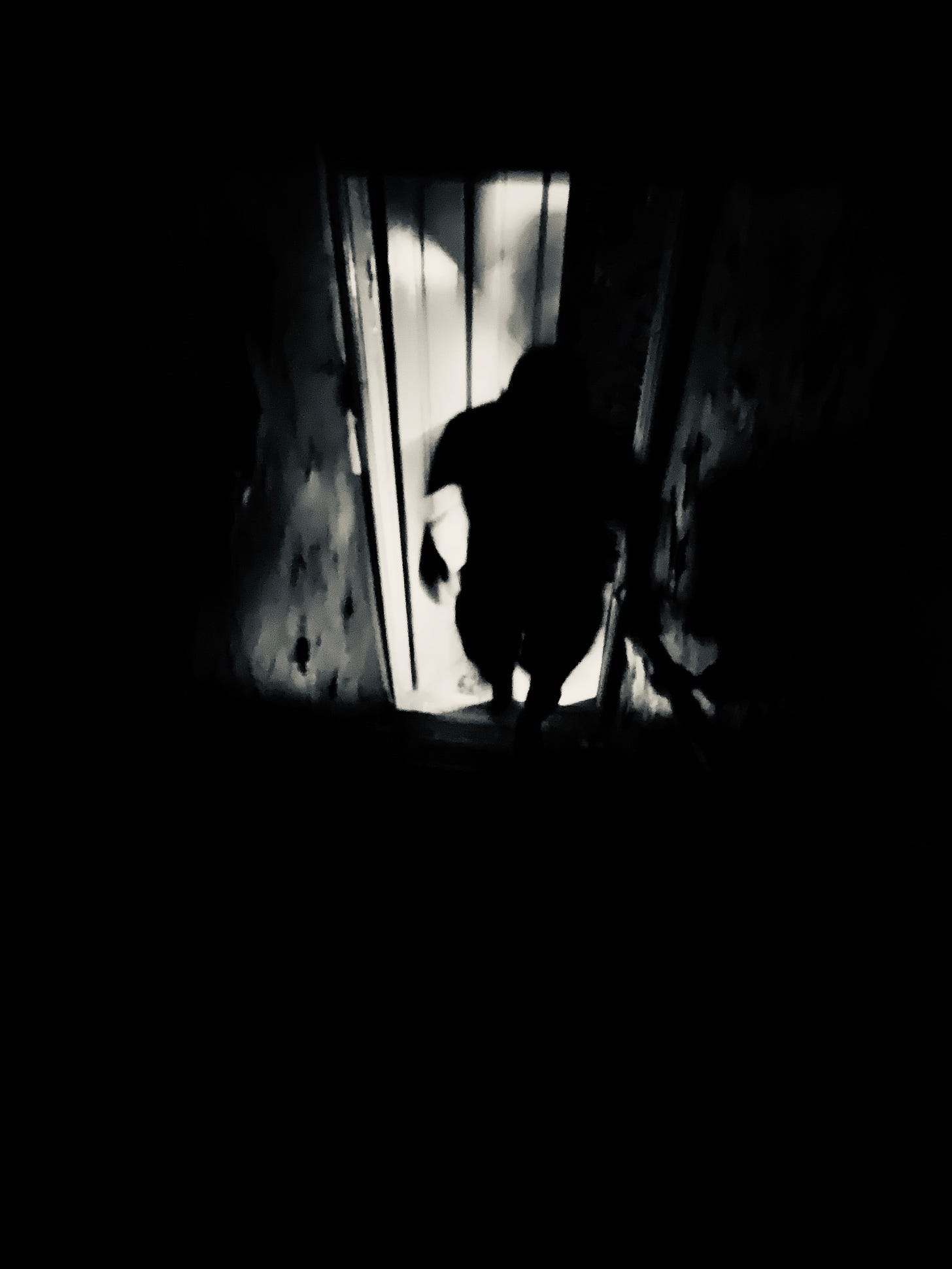Ghosts of the Past Fighting for the Present: Saving the Old Benton County Jail
Echoes of Justice and Tragedy: Preserving the Haunted Legacy of the Old Benton County Jail
A Reflection on the Old Benton County Jail
Sometimes, it’s the ghosts of history that speak loudest when the living fail to listen. The Old Benton County Jail, a stunning Italianate limestone structure built in 1876, has silently borne witness to the unfolding of Indiana’s history. My visit on August 17th, 2019, remains one of the most memorable experiences of my paranormal journey.
Investigating this incredibly active location was an honor. Spending time in the old cells, with their cold stone walls and antique locks, provided a chilling yet fascinating connection to the past. The history etched into this building—both tragic and compelling—creates a palpable energy that lingers in every corner.
The Old Benton County Jail is more than just a historic site; it’s a time capsule of justice, tragedy, and humanity. For paranormal enthusiasts, historic preservationists, and anyone who values our shared past, this is your call to action. The spirits of the jail need your help now more than ever. Preserving this building isn’t just about saving a structure—it’s about safeguarding the stories of those who lived, worked, suffered, and, in some cases, died within its walls.
To raise awareness, I’m reposting the video from my investigation, showcasing the remarkable history and paranormal significance of this extraordinary location.
Video:
Preserving a Slice of Indiana’s History
Located at 603-7 East Sixth Street, Fowler, IN, the Old Benton County Jail served the community for 121 years, making it one of Indiana’s oldest-functioning jails until its closure in 1997.
The building’s front housed the sheriff’s family in a Victorian-style residence, while prisoners were confined to the back in small, cold, unlit cells. This dual-purpose design made the jail both a home and a workplace, and its history includes everyday incarcerations as well as extraordinary, dark events like the lynching of Jacob Nelling.
The Chilling Details of Ada Atkinson’s Murder and Jacob Nelling’s Lynching
The Crime
In 1883, 15-year-old Ada Atkinson was brutally murdered in her upstairs bedroom on the family farm south of Oxford, Indiana. Her throat was slashed, and she was stabbed 28 times in a frenzy of violence. Blood pooled around her body, and the room bore signs of a desperate struggle.
Jacob Nelling, a 50-year-old Civil War veteran and farmhand for the Atkinson family, confessed to the crime. His haunting statement read:
“I went upstairs and I found Ada there. I said to her: ‘Ada, I am going to kill you.’ She said not to do it, that she did not want to die that way. I told her I would do it, but I do not recollect what she said. Then I took hold of her and threw her down on the floor. Then I cut her throat. Then I became frenzied and made the other cuts. It seems I did not care what I was doing.”
The horrific act shocked Ada’s family and the entire community, leaving a scar on the town’s history.
The Mob’s Justice
Nelling was transferred to the Benton County Jail in Fowler, where he awaited trial. However, outrage boiled over. On October 22, 1883, a mob stormed the jail, demanding Nelling’s release. When the sheriff refused, they forced their way inside.
Nelling, fully dressed and wearing an overcoat, reportedly awaited his fate without resistance. The mob dragged him from his cell, transported him to a walnut tree near the Atkinson farm, and hanged him. A card pinned to his coat read, “A Warning to All Murderers.” You'll see at the end of my video I did a brief stop at that property.
Hundreds of townspeople viewed the grim scene. Pieces of the rope were cut and taken as souvenirs, and Ada’s grieving father, Cephas Atkinson, later cut down the walnut tree to carve canes for the mob members.
The Mystery of Nelling’s Body
Rumors swirled after the lynching that Nelling’s body had been stolen from his pauper’s grave and sold for medical dissection. Decades later, the grave was exhumed and found empty, adding an unsettling mystery to this already dark tale.
Why Saving the Jail Matters
The Old Benton County Jail is a vital link to our past. For the paranormal community, it offers an unmatched opportunity to explore a location brimming with energy shaped by decades of justice, tragedy, and resilience. Its stories connect us to the lives of those who inhabited and passed through its walls, both in life and in death.
If this building is lost, we lose not only its physical structure but also the invaluable lessons and history it holds. The ghosts of the past are calling on us to act before it’s too late. If there’s one thing the paranormal community excels at, it’s raising a ruckus to save a location. Let’s not let this piece of haunted history fade into oblivion.
How You Can Help
The fight to save the jail is underway, but it needs your support. Here’s how you can make a difference:
• Sign the Petition: Save the Benton County Jail
• Donate: Contributions will help cover restoration costs and legal fees.
• Spread the Word: Share this story with your networks, especially within the paranormal and historic preservation communities
• Attend the January 21st Commissioners Meeting: Show your support in person and advocate for preserving this piece of haunted history.
The Old Benton County Jail needs us now. Sometimes it takes the ghosts of the past to remind us what’s worth saving. Let’s honor their stories and ensure they continue to resonate for generations to come.
— Evel Ogilville
Historical Timeline and Notes
• 1876: Jail constructed with a front Victorian-style residence and back cell block.
• 1883: Jacob Nelling lynched by a mob after confessing to murder.
• 1903: Epileptic man confined to jail for four years condemned in Board of State Charities report. (The Herald, 2/20/1903)
• 1937: LeRoy Clark, after confessing to murdering his wife, prevented a teen inmate’s jailbreak. (Journal and Courier, 6/18/1937; Kokomo Tribune, 7/29/1937)
• 1977: Jail evacuated due to structural damage caused by thawing ground. (Journal and Courier, 3/4/1977)
• 1997: Jail decommissioned and repurposed as a museum and storage space.
Sources
• Journal and Courier: 2/26/2016, 3/28/1969, 12/27/1984, 3/4/1977, 2/12/1982, 5/22/2005
• Indiana State Sentinel: 10/24/1883
• Fowler Benton Review: 11/22/1883
• South Bend Tribune: 11/15/1900
• The Herald: 2/20/1903
• Star Press: 3/20/1911, 6/25/1918
• Brook Reporter: 1/21/1916
• Kokomo Tribune: 7/29/1937



